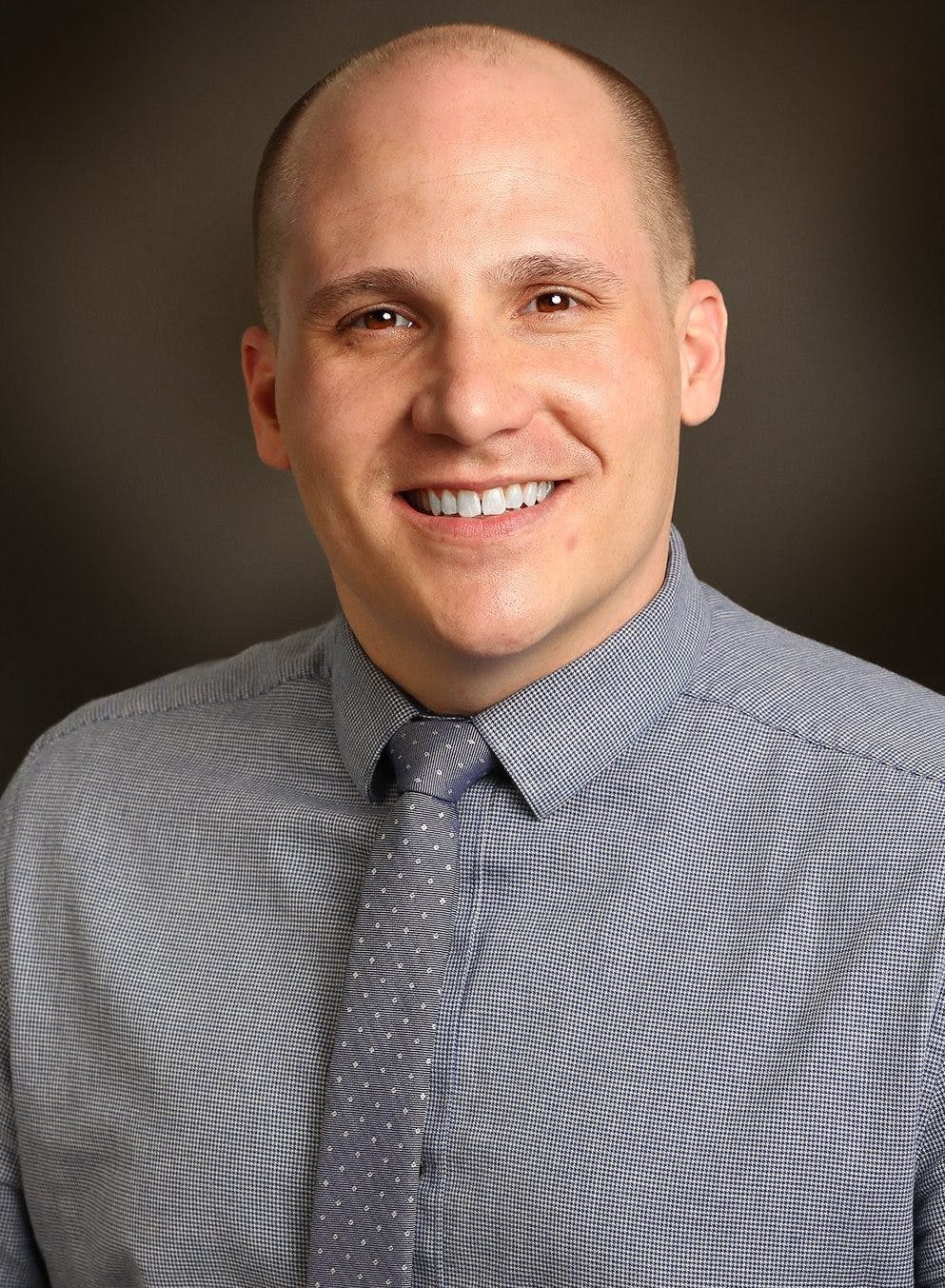
2024-07-12T16:54:51
Sunscreen Travel Tips
- Dermatology
May 14, 2019 | Pediatrics

Millions of Americans ride bicycles each year, but fewer than half wear helmets when out on a ride. For instance, according to findings from a CDC survey, only 48% of children between the ages of five and 14 were likely to wear a helmet, a percentage that decreased as the general age of the population in the study went up. Though every individual—adult, child or senior citizen—should wear a helmet when participating in an activity in which the head is vulnerable to injury, helmets are especially important for children.
In 2010, an estimated 515,000 Americans sustained bicycle-related injuries that were severe enough to require emergency medical attention. Another 800 sustained fatal injuries due to bicycle-related accidents. Roughly half of all these cyclists were children and individuals under the age of 20. In an average year, emergency departments across the country treat approximately 26,000 children for traumatic brain injuries due to bicycle-related accidents. Helmet use can also reduce the risk of serious brain injury by as much as 88%; head injuries by 69%; and injuries to the mid and upper face by 65%.
Many people wonder how bicycle helmets, which cover little more than the dome of the head, can prevent injury, much less be life-saving. Though small, bicycle helmets go a long way toward protecting the brain from the tremendous force that may occur during a crash. For instance, if your little one falls while riding a bike and while wearing a helmet, the force of the impact may reverberate over the surface of the helmet instead of the skull. The thick plastic foam, with which all modern-day helmets are equipped, would absorb the force the impact, preventing your child’s brain from taking the brunt of the blow.
Despite popular belief, helmets are not strictly for children. Though it is true that children especially should wear helmets, as their brains are still in the developmental stages, individuals of all ages should wear protective headgear when riding a bicycle or any other activity that puts the head at risk. This is for a couple of reasons.
For one, adults are just as susceptible to head injury as children. As the above statistics note, roughly half of all individuals treated in emergency room departments for bicycle-related injuries each year are children. This means the other half are adults.
Two, parents lead by example. Findings from an additional study reveal that 90% of children from low-income neighborhoods and 100% of children from more affluent areas wore helmets when their parents wore one as well.
Until your child is old enough to protect him or herself, it is your responsibility to do what you can to keep him or her safe from harm. This includes setting a rule that everyone in the family must wear a helmet and encouraging your children to make smart decisions in the future.
For more child safety tips, talk to your child’s pediatrician.
“Helmet Safety.” OrthoInfo.
https://orthoinfo.aaos.org/en/staying-healthy/helmet-safety/
“Head Injuries and Bicycle Safety.” The Centers for Disease Control and Prevention.
https://www.cdc.gov/healthcommunication/toolstemplates/entertainmented/tips/HeadInjuries.htm

WRITTEN BY:
The Live Better Team


2024-07-12T16:54:51

2024-07-02T11:42:04

2024-07-01T13:49:28

2024-06-21T14:29:51
This information is not intended to replace the advice of a medical professional. You should always consult your doctor before making decisions about your health.